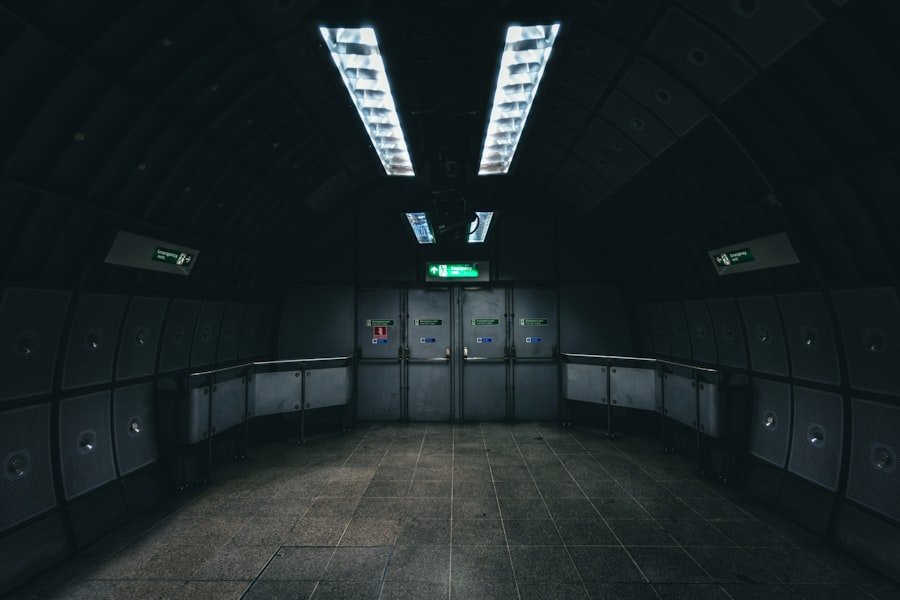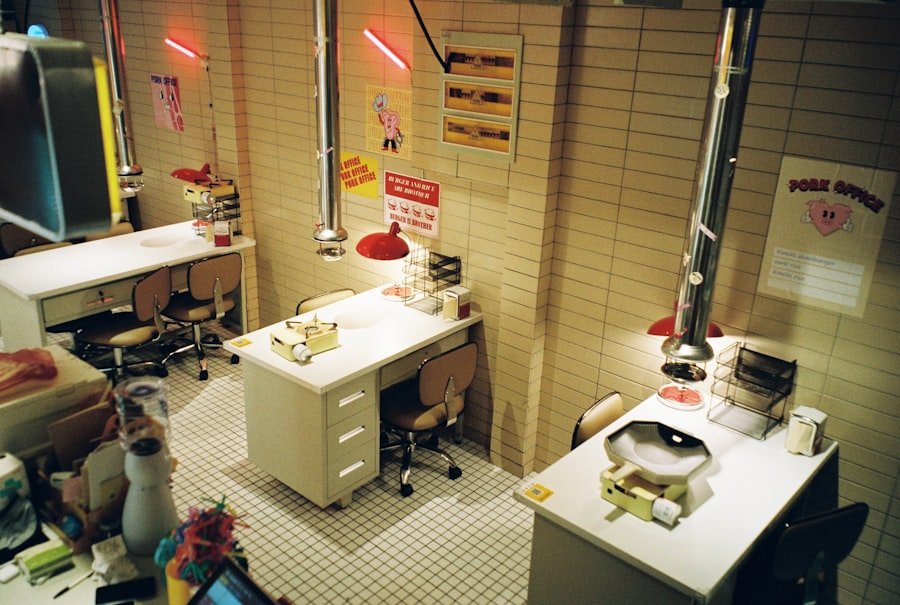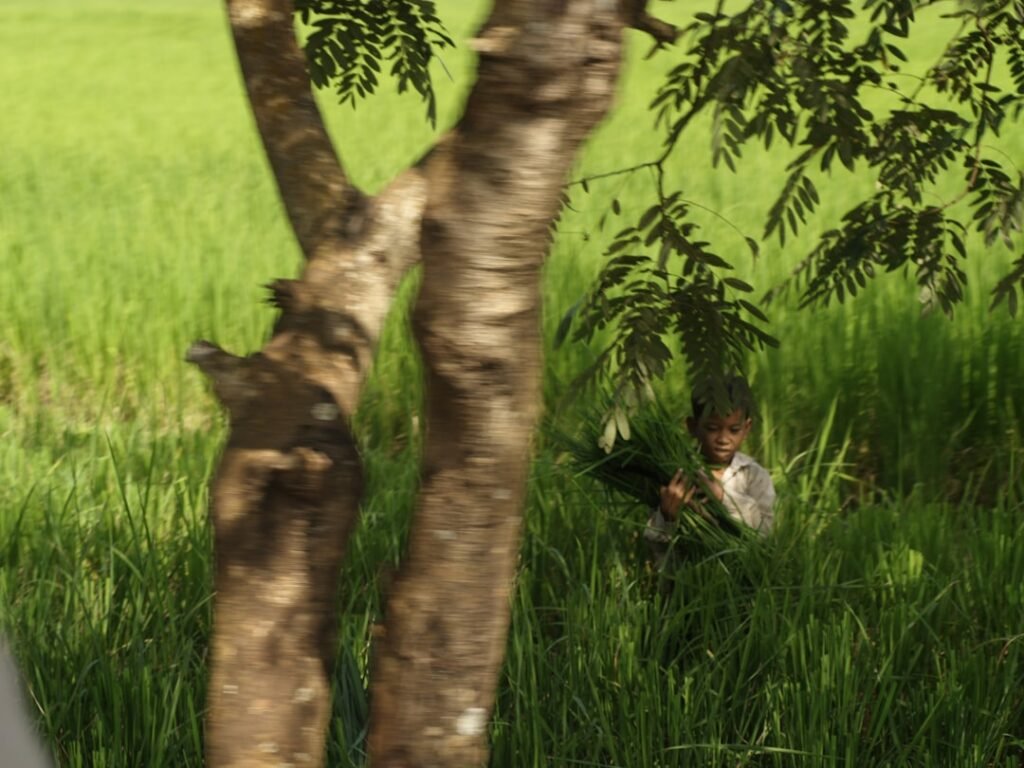Now Reading: The Timeless Mastery of Portal 2’s Level Design
-
01
The Timeless Mastery of Portal 2’s Level Design
The Timeless Mastery of Portal 2’s Level Design

As I delve into the world of video games, one title that consistently stands out in discussions about innovative level design is Portal 2. Released in 2011 by Valve Corporation, this sequel to the original Portal not only expanded upon its predecessor’s mechanics but also introduced a level of intricacy and creativity that has left a lasting impression on players and developers alike. The game’s unique blend of physics-based puzzles and a compelling narrative creates an experience that is both intellectually stimulating and emotionally engaging.
The levels are meticulously crafted, each one serving as a testament to the developers’ understanding of player psychology and game mechanics. In Portal 2, the design of each level is not merely a backdrop for gameplay; it is an integral part of the experience. The environments are rich with detail, and the puzzles are cleverly interwoven with the narrative, making every room feel alive and purposeful.
As I navigate through the test chambers, I am constantly reminded of how level design can elevate a game from mere entertainment to an art form. The careful consideration given to each element within the game world showcases the potential of level design to shape player experience in profound ways.
Key Takeaways
- Portal 2’s level design is known for its innovative use of space, perspective, and puzzles, as well as its seamless integration of storytelling.
- The evolution of level design in video games has been influenced by the groundbreaking approach of Portal 2, setting new standards for the gaming industry.
- Portal 2’s level design has had a significant impact on the gaming industry, inspiring other developers to prioritize player agency and storytelling in their own games.
- The art of puzzles in Portal 2 is a key element of its level design, challenging players to think creatively and strategically to progress through the game.
- The seamless integration of storytelling and level design in Portal 2 creates an immersive and engaging experience for players, setting a new standard for narrative-driven games.
The Evolution of Level Design in Video Games
Reflecting on the evolution of level design in video games, I can see how far we have come since the early days of gaming. In the beginning, levels were often linear and simplistic, primarily serving as a means to progress through a game without much thought given to player engagement or environmental storytelling. However, as technology advanced and player expectations grew, developers began to explore more complex designs that encouraged exploration and interaction.
This shift laid the groundwork for innovative titles like Portal 2, which would push the boundaries of what level design could achieve. The introduction of 3D graphics and physics engines revolutionized level design, allowing for more immersive environments and intricate puzzles. I remember playing games that utilized these advancements, where the levels felt more like living worlds rather than mere obstacles to overcome.
Portal 2 exemplifies this evolution by incorporating physics-based mechanics that require players to think critically about their surroundings. The game’s levels are not just spaces to traverse; they are puzzles in themselves, inviting players to engage with them in creative ways. This evolution has paved the way for a new generation of games that prioritize player experience through thoughtful level design.
The Influence of Portal 2’s Level Design on the Gaming Industry

Portal 2’s impact on the gaming industry cannot be overstated. As I reflect on its release, I recognize how it set a new standard for puzzle design and level construction. Many developers have since drawn inspiration from its innovative mechanics and storytelling techniques.
The way Portal 2 seamlessly integrates puzzles into its narrative has influenced countless titles, encouraging developers to think outside the box when crafting their own game worlds. I have seen games that attempt to replicate its unique blend of humor, challenge, and emotional depth, showcasing how influential Portal 2 has been in shaping modern gaming. Moreover, the game’s success has led to a greater appreciation for level design as a critical component of game development.
I have noticed that more studios are investing time and resources into creating intricate levels that enhance gameplay rather than simply serving as a means to an end. This shift has resulted in a plethora of titles that prioritize player engagement through thoughtful design choices, echoing the principles established by Portal 2. As I explore new games today, I often find myself comparing their level designs to those found in Portal 2, recognizing its enduring influence on the industry.
The Art of Puzzles in Portal 2
One of the most captivating aspects of Portal 2 is its approach to puzzle design. As I navigate through each test chamber, I am constantly challenged to think critically and creatively. The puzzles are not just obstacles; they are carefully crafted experiences that require me to engage with the game mechanics in innovative ways.
The introduction of new elements, such as gels that alter movement and surfaces that reflect portals, adds layers of complexity that keep me on my toes. Each puzzle feels like a mini-journey, where I must experiment and explore to uncover solutions. The satisfaction derived from solving these puzzles is unparalleled.
I find myself immersed in a cycle of trial and error, where each failed attempt brings me closer to understanding the mechanics at play. This iterative process fosters a sense of accomplishment when I finally crack a particularly challenging puzzle. The art of puzzle design in Portal 2 lies in its ability to balance difficulty with accessibility; while some challenges may seem daunting at first glance, they are always solvable with a bit of ingenuity and perseverance.
This balance keeps me engaged and invested in the game, making every victory feel earned.
The Seamless Integration of Storytelling and Level Design
In Portal 2, storytelling is intricately woven into the fabric of level design, creating an experience that is both engaging and immersive. As I progress through the game, I am not only solving puzzles but also uncovering a rich narrative filled with humor, intrigue, and emotional depth. The environments themselves tell a story; from the sterile test chambers to the dilapidated remnants of Aperture Science, each location reflects the history and lore of the game world.
This seamless integration enhances my connection to the narrative, making me feel like an active participant rather than a passive observer. The characters I encounter further enrich this experience. GLaDOS, with her sardonic wit, and Wheatley, with his bumbling charm, add layers of personality to the story that unfold as I navigate through each level.
Their dialogue often provides hints or commentary on my progress, creating a dynamic relationship between player and character. This interplay between storytelling and level design is masterfully executed; it keeps me engaged not only with the puzzles but also with the overarching narrative. As I solve each challenge, I am driven by a desire to uncover more about the world and its inhabitants.
The Use of Space and Perspective in Portal 2’s Levels

The spatial design in Portal 2 is nothing short of remarkable. As I traverse through its intricately designed levels, I am constantly aware of how space is utilized to create both challenges and opportunities for exploration. The game encourages me to think about my surroundings in three dimensions; every wall, ceiling, and floor can potentially be manipulated through portals.
This emphasis on spatial awareness transforms my approach to problem-solving, as I must consider not only where I am but also where I could be. Perspective plays a crucial role in shaping my experience within these levels. The clever use of vantage points allows me to survey my environment before making decisions about how to proceed.
In some instances, I find myself standing at a distance, analyzing the layout before diving into a puzzle. This strategic approach adds depth to my gameplay experience; it encourages me to take my time and consider all angles before jumping into action. The thoughtful use of space and perspective in Portal 2 elevates it beyond traditional puzzle games, creating an environment where exploration and experimentation are rewarded.
The Importance of Player Agency in Portal 2’s Level Design
Player agency is a fundamental aspect of Portal 2’s level design that significantly enhances my gaming experience. From the moment I step into the test chambers, I am given the freedom to approach puzzles in various ways. This sense of autonomy empowers me to experiment with different strategies and solutions rather than following a predetermined path.
Each level feels like a sandbox where I can explore my creativity and problem-solving skills without fear of failure. This emphasis on player agency fosters a deeper connection between me and the game world. As I navigate through challenges at my own pace, I develop a sense of ownership over my progress.
The satisfaction derived from discovering unique solutions or uncovering hidden areas is amplified by this freedom. In many ways, Portal 2 encourages me to think outside the box; it rewards curiosity and ingenuity while allowing me to shape my own journey through its intricately designed levels.
The Role of Sound Design in Enhancing the Level Experience
Sound design plays an essential role in enhancing my experience within Portal 2’s levels. From the moment I enter a test chamber, I am enveloped in an auditory landscape that complements the visual elements beautifully. The ambient sounds create an atmosphere that feels both sterile and foreboding, immersing me deeper into the world of Aperture Science.
Each sound effect is meticulously crafted; whether it’s the satisfying click of a portal being created or the ominous hum of machinery in the background, these auditory cues enrich my gameplay experience. Moreover, character voices add another layer of depth to sound design in Portal 2. GLaDOS’s sardonic remarks and Wheatley’s bumbling commentary provide context for my actions while also injecting humor into tense moments.
These vocal performances enhance my emotional connection to the characters and their narratives as they guide me through each level’s challenges.
The Legacy of Portal 2’s Level Design in Modern Gaming
As I look back on Portal 2’s legacy within modern gaming, it becomes clear that its influence continues to resonate across various genres. Many contemporary titles have adopted elements from its innovative level design philosophy—whether it’s through intricate puzzle mechanics or seamless storytelling integration—demonstrating how far-reaching its impact has been. Games like The Witness or even indie titles such as Baba Is You showcase similar principles where player engagement is prioritized through thoughtful design choices.
Furthermore, Portal 2 has inspired developers to experiment with unconventional gameplay mechanics that challenge traditional norms within gaming narratives. As I explore new releases today, I often find echoes of Portal 2’s influence—whether it’s through clever puzzle-solving or unique environmental storytelling techniques—reminding me just how significant this title has been in shaping modern gaming experiences.
The Community Impact of Portal 2’s Level Design
The community surrounding Portal 2 has flourished since its release, largely due to its exceptional level design that encourages creativity among players. As I engage with fellow fans online or participate in discussions about favorite puzzles or moments from the game, it becomes evident how deeply connected we all feel to this shared experience. Many players have even taken it upon themselves to create custom levels using tools provided by Valve—showcasing their own interpretations while paying homage to what made Portal 2 so special.
This community-driven aspect highlights another layer of impact stemming from its innovative design: collaboration among players fosters creativity beyond what was originally envisioned by developers themselves! It’s inspiring for me as someone who appreciates both gaming culture and artistic expression; seeing others build upon existing frameworks encourages exploration within our own creative endeavors—whether they be related directly back towards video games or other forms altogether!
The Enduring Impact of Portal 2’s Level Design
In conclusion, as I reflect on my journey through Portal 2’s intricately designed levels filled with clever puzzles and engaging narratives—I am reminded just how significant this title has been within both personal gaming experiences as well as broader industry trends! Its innovative approach towards level design has set new standards for what players can expect from their gaming experiences while inspiring countless developers along the way. The enduring impact left behind by Portal 2 serves as a testament not only towards its brilliance but also towards potential future explorations within video game artistry itself!
As new titles emerge inspired by its legacy—I eagerly anticipate witnessing how they will continue pushing boundaries further still—ensuring that we remain captivated by imaginative worlds waiting just beyond our screens!
If you’re interested in exploring more about level design in video games, you may want to check out this article on testing popular mobile game titles. It provides insights into how game developers create engaging and challenging levels for players to enjoy. Understanding the thought process behind level design can enhance your appreciation for games like Portal 2 and the skillful craftsmanship that goes into creating memorable gaming experiences.
FAQs
What is Portal 2?
Portal 2 is a first-person puzzle-platform video game developed and published by Valve. It is the sequel to the 2007 game Portal and was released in 2011.
What is level design?
Level design is the process of creating the layout, challenges, and environment of a specific level or area within a video game. It involves the placement of obstacles, puzzles, enemies, and other elements to create an engaging and enjoyable gameplay experience.
Why is Portal 2 considered a masterclass in level design?
Portal 2 is considered a masterclass in level design due to its innovative and well-crafted puzzles, clever use of mechanics, and seamless integration of story and gameplay. The game’s levels are designed to gradually introduce and then challenge players with new mechanics, while also providing a sense of accomplishment and satisfaction upon completion.
What are some key elements of Portal 2’s level design?
Some key elements of Portal 2’s level design include the use of portals to navigate and solve puzzles, the introduction of new mechanics and elements at a steady pace, the integration of environmental storytelling, and the balance between difficulty and accessibility.
How does Portal 2’s level design contribute to the overall gaming experience?
Portal 2’s level design contributes to the overall gaming experience by providing a sense of discovery, challenge, and satisfaction for players. The well-crafted levels encourage critical thinking and problem-solving, while also immersing players in the game’s narrative and world.



























